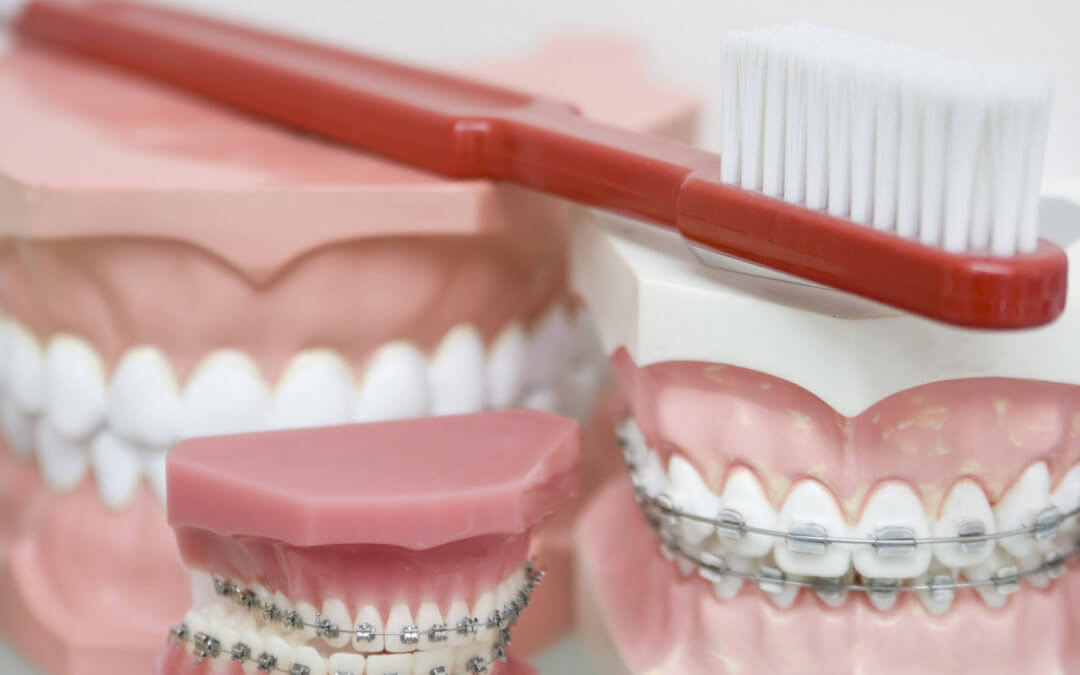If you have considered orthodontic care for yourself or your kids, you might find it overwhelming to perform a simple Google search for orthodontists near you. Instead, we have put together seven helpful tips that can narrow down your search and help you find the best orthodontist.
How To Find The Best Orthodontist Near Me:
1. Orthodontist vs. Dentist
If you have considered dental work, you may wonder what the difference is between an orthodontist and a dentist. Both are healthcare specialists that focus on oral health.
Orthodontists receive similar training to a dentist, including treating disorders or conditions with:
- Gums
- Teeth
- Mouth
However, orthodontists also specialize in teeth and jaw misalignments. Essentially, they help ensure that your teeth and jaw are aligned correctly, either for aesthetic purposes or health concerns.
One of the most common things people think of when they picture an orthodontist is applying and monitoring braces and other teeth aligner options. This is one of their more popular specialties, but it isn’t limited to just children.
2. Type of Orthodontist
Some orthodontists fall under the classification of pediatric orthodontists or dentists. In most cases, parents decide between general dentistry and pediatric dentistry, but the same debate applies to orthodontists.
Ultimately, contact the orthodontist’s office and ask about their treatment for adults or children. In most cases, orthodontists treat both age groups, but you want an office with vast experience with a wide range of ages.
3. Treatment Options
What kind of orthodontic work do you want? There are more options than you may think nowadays.
Braces are a standard option that many children – and even adults – opt for. However, if you have an interest in other options, you want an orthodontist who specializes in different types of braces. Some of these may include:
- Traditional metal
- Clear
- Invisalign
The clear and Invisalign options appeal to many adults and teenagers who want a subtler look when fixing their smiles. Metal braces and other options can work more effectively at adjusting your bite. Finding an orthodontist with a knowledge base on multiple options is your best bet for getting the smile of your dreams.
4. What Is the Cost?
Orthodontic options can be expensive. Did you know that the cost of braces is around $5,000 to $6,000, on average? Depending on the type of corrective braces you pick, you may pay a lot more. Check-in with your local orthodontist to get a price estimate and inquire about insurance coverage.
Different clinics might accept various insurances, and not all are the same. Additionally, if you have worries about the cost of treatment, you can ask about financing options.
The best orthodontist office will accept a variety of insurances (including Medicaid) and provide financial plans. Many clinics may also accept a Health Savings Plan (HSA) or another type of employer-sponsored health program. You should also have the option of talking to a representative before deciding on your treatment.
5. Board Certified Specialists
Not all orthodontists are board-certified. The American Board of Orthodontists provides a certification that an orthodontist can complete and is usually voluntary.
Why is it vital that you choose a board-certified orthodontist?
The specialists who have completed and passed certification have proven knowledge and expertise in their line of work. It can ease your worries and give you peace of mind when weeding out a variety of orthodontists in your area.
6. Check the Reviews
When choosing an orthodontist, you can start by looking at their certifications, and you should not neglect patient reviews. Look on their website and pull up recent images, patient reviews, and qualifications of the orthodontists listed.
Ultimately, the results and reviews can give you a good idea if your orthodontist has a positive reputation. Make sure you pay it forward by recommending and providing a detailed review of your experience.
If you are unsure where you should check for reviews, look on a company’s website for testimonials or before and after pictures.
7. Follow-up Care
Does your orthodontist provide follow-up care after braces or Invisalign treatments? After your braces come off, a retainer can help keep your teeth straight and avoid the potential of having braces all over again.
Braces are costly and time-consuming – your orthodontist should also specialize and provide follow-up appointments that will ensure you are happy with how your teeth look.
There are many types of retainers that you orthodontist can use, including:
- Bonded
- Hawley
- Plastic
Most orthodontists recommend wearing a retainer for at least nine months afterward. Following this protocol can help ensure that your teeth don’t shift and cause issues with your bite or affect your aesthetics.
On average, people who do not wear a retainer require orthodontic care approximately ten years later. While braces and Invisalign can cost thousands of dollars, choosing an orthodontist who emphasizes orthodontic retention can save you time and money.
Orthodontic Care Near You
Orthodontic care is not limited to just children and young teens. You might want orthodontic care for jaw or bite misalignments. Some people want their teeth straightened purely for a better smile.
Whatever your reasons are – you want an orthodontic center with skilled specialists who can provide you with the smile of your dreams.
Visit our website today and request an appointment so that you can be well on your way to a healthier and happier life.

